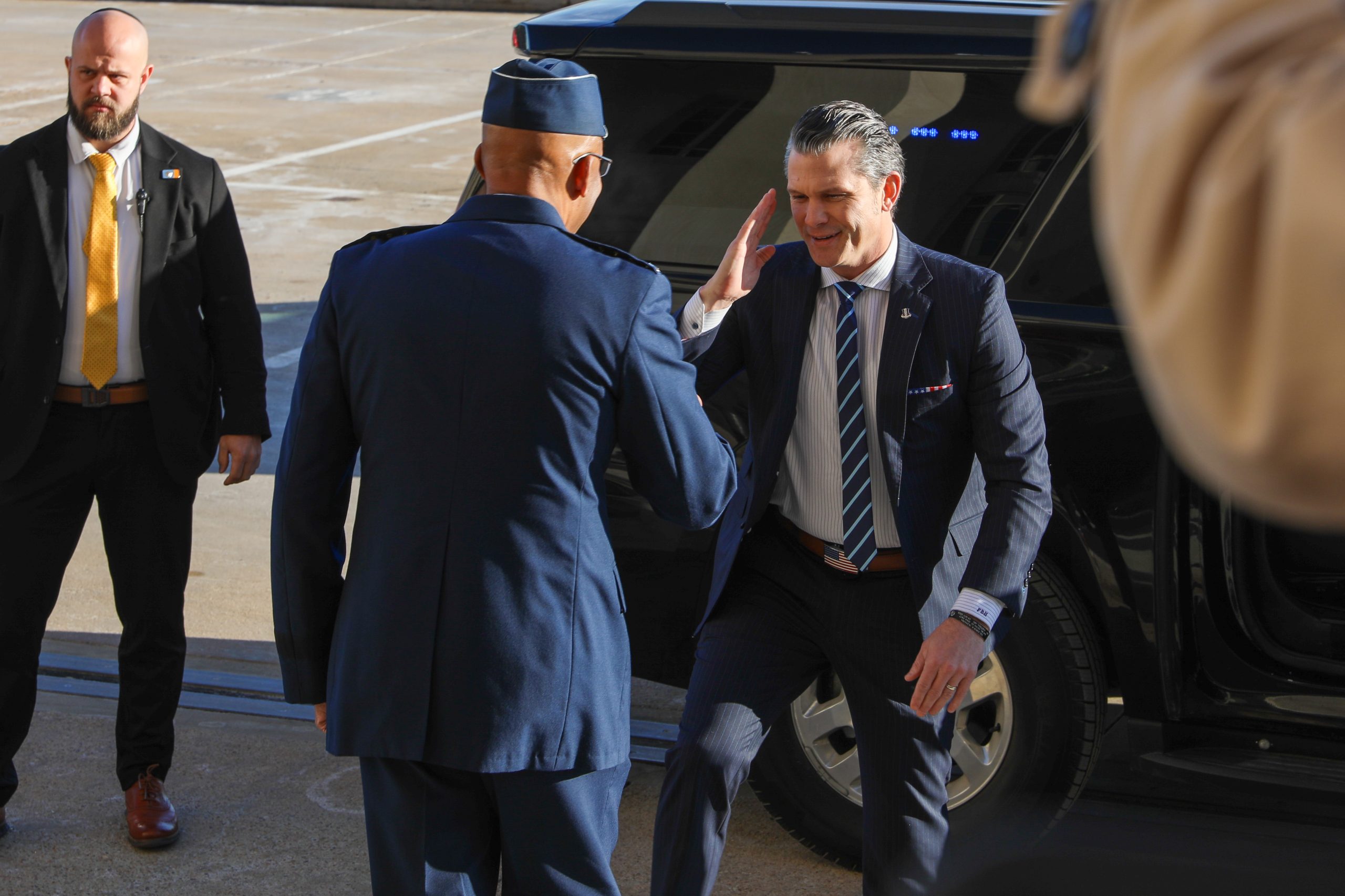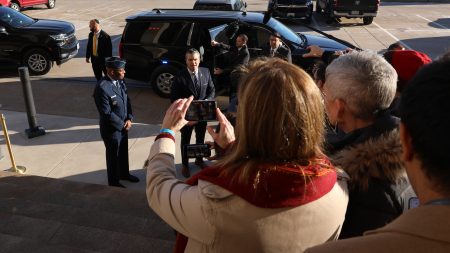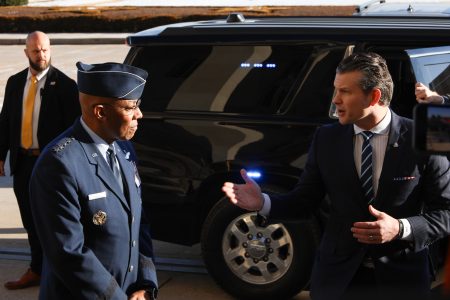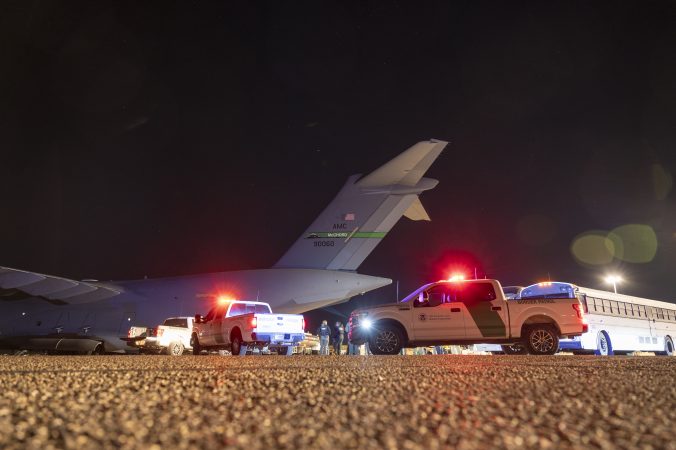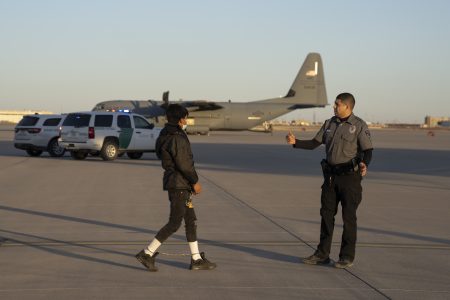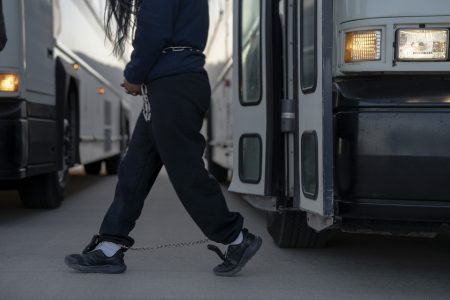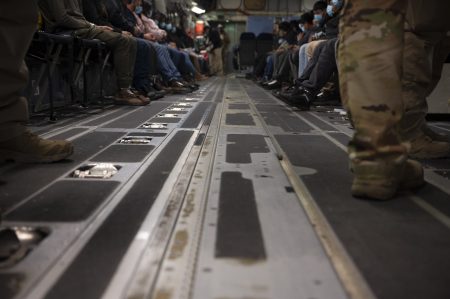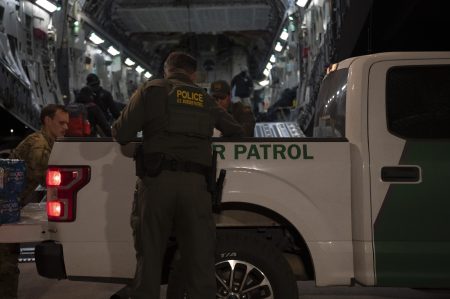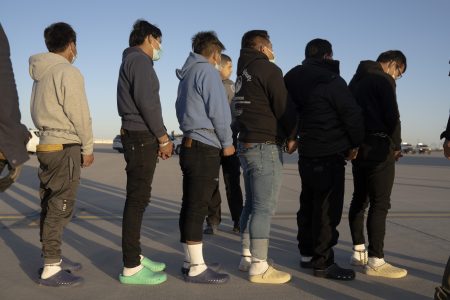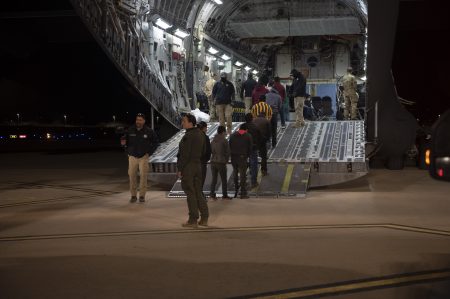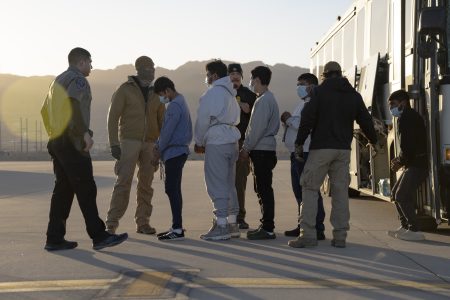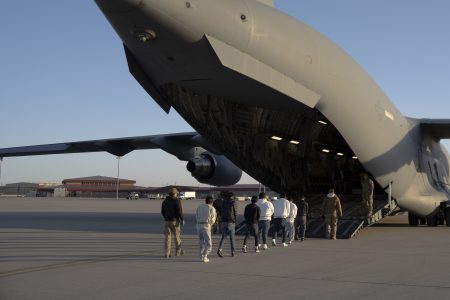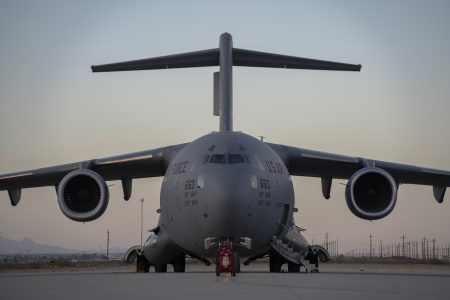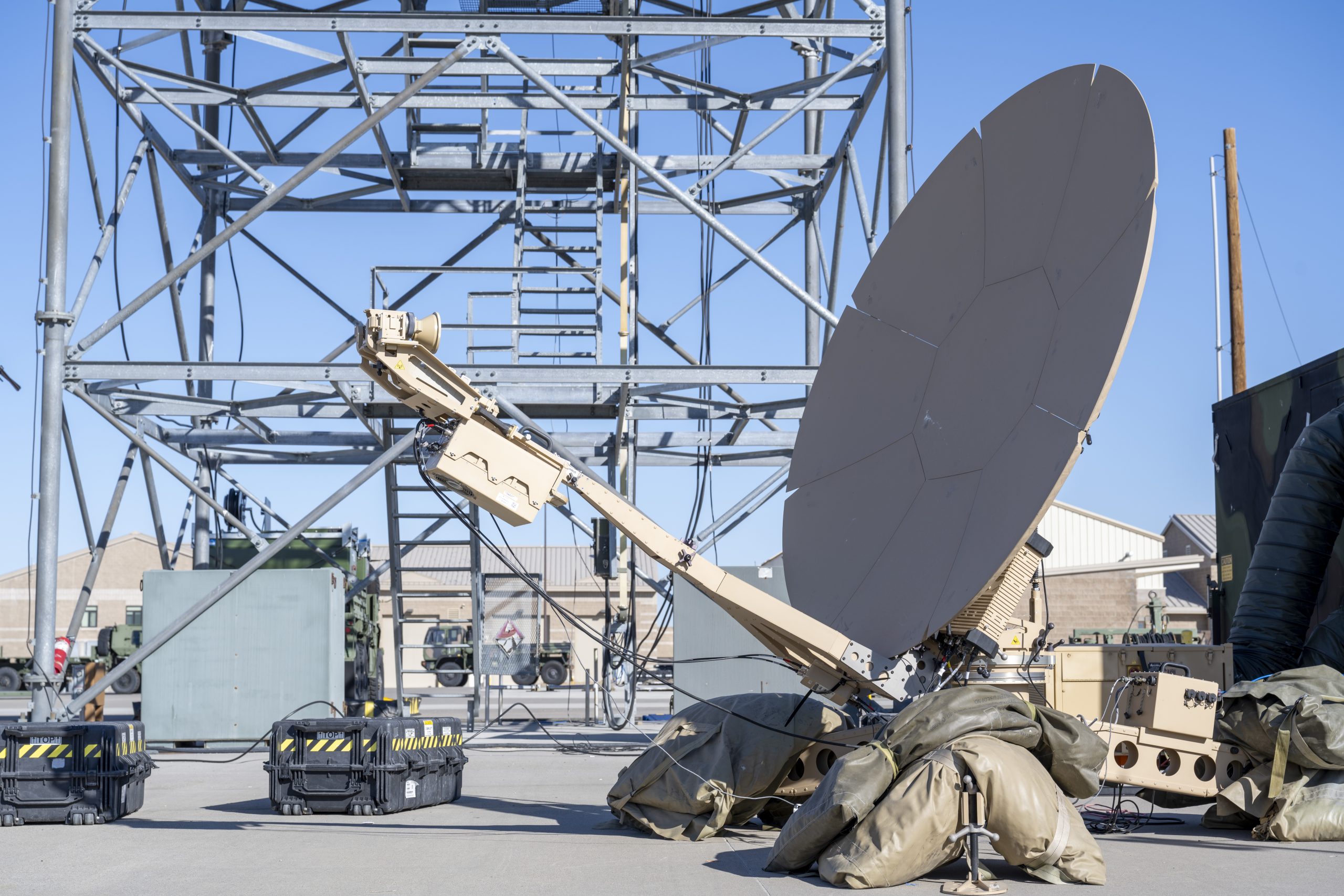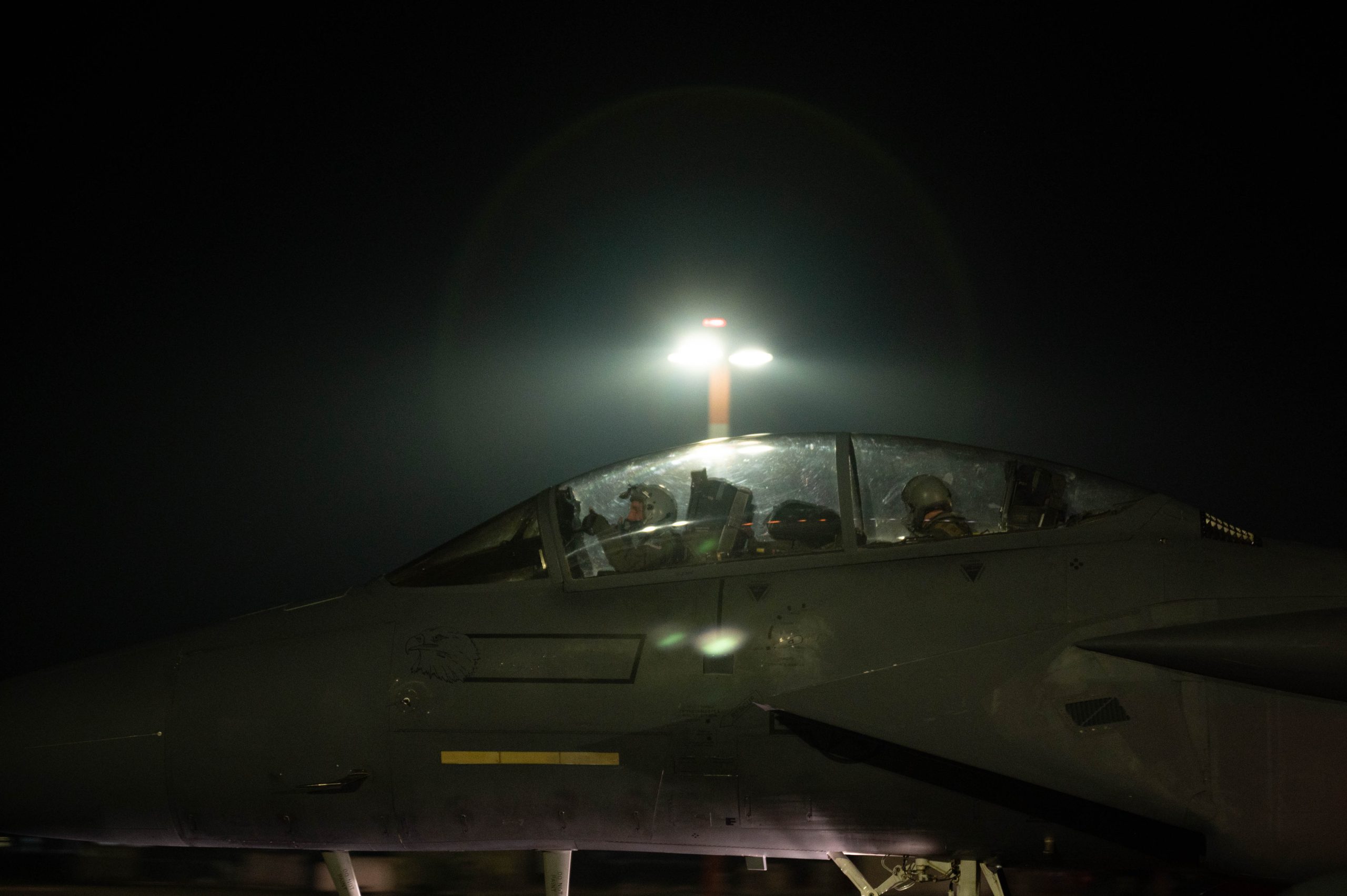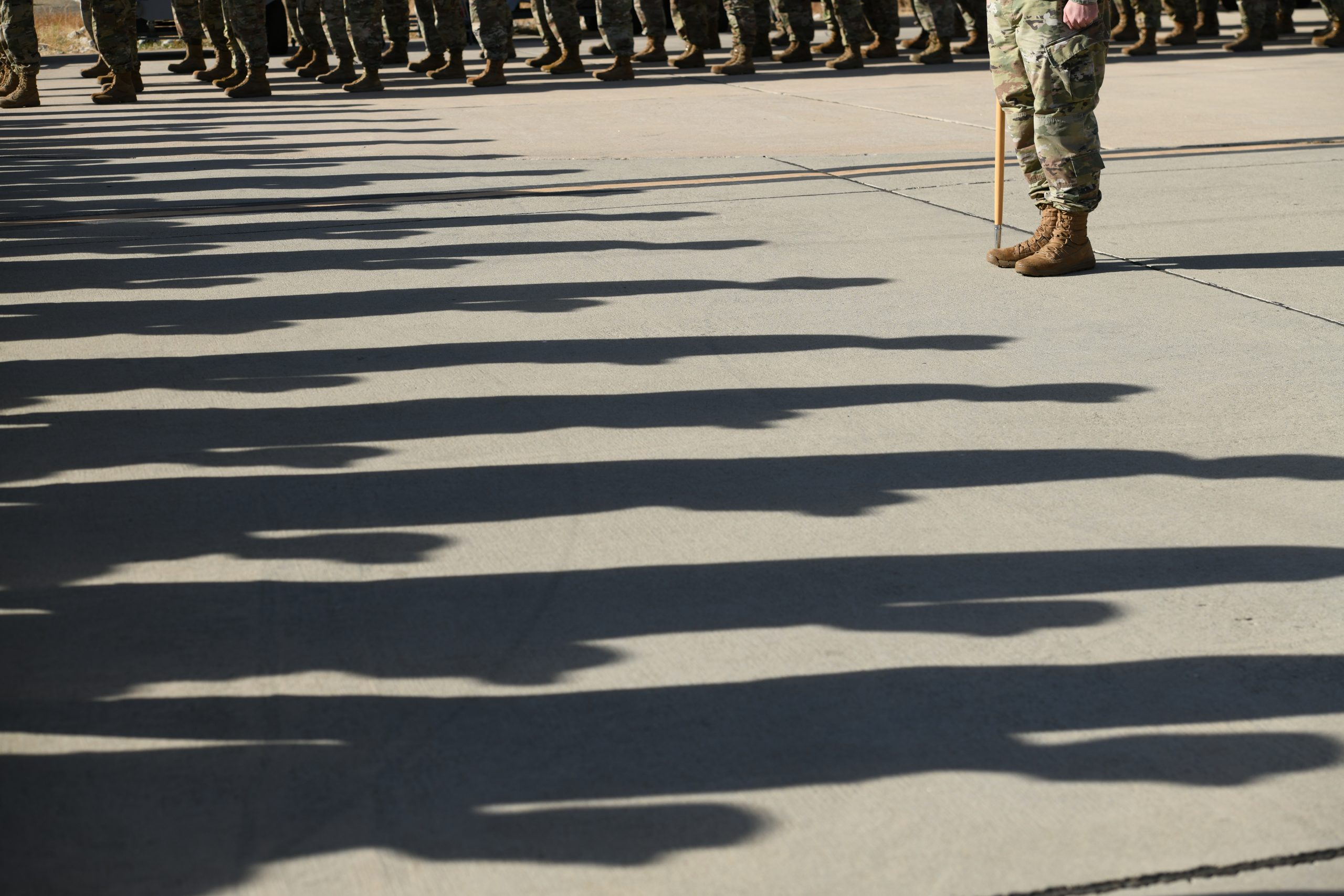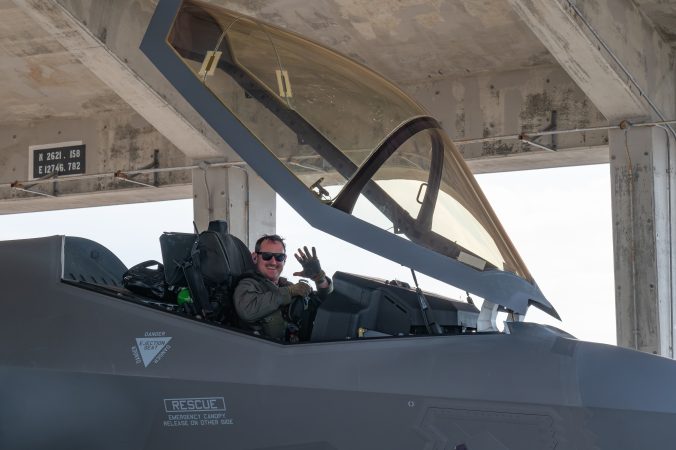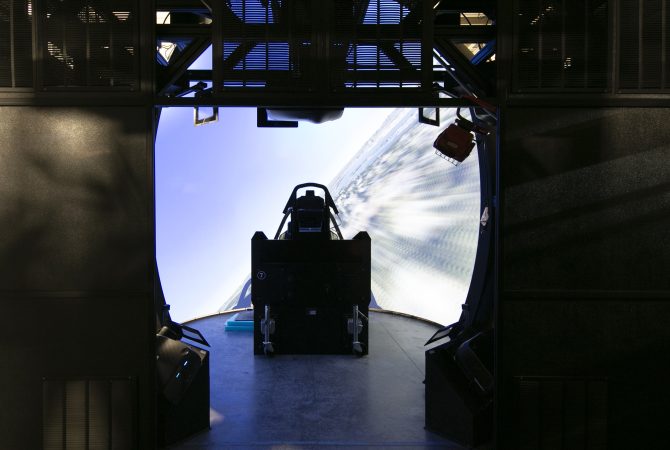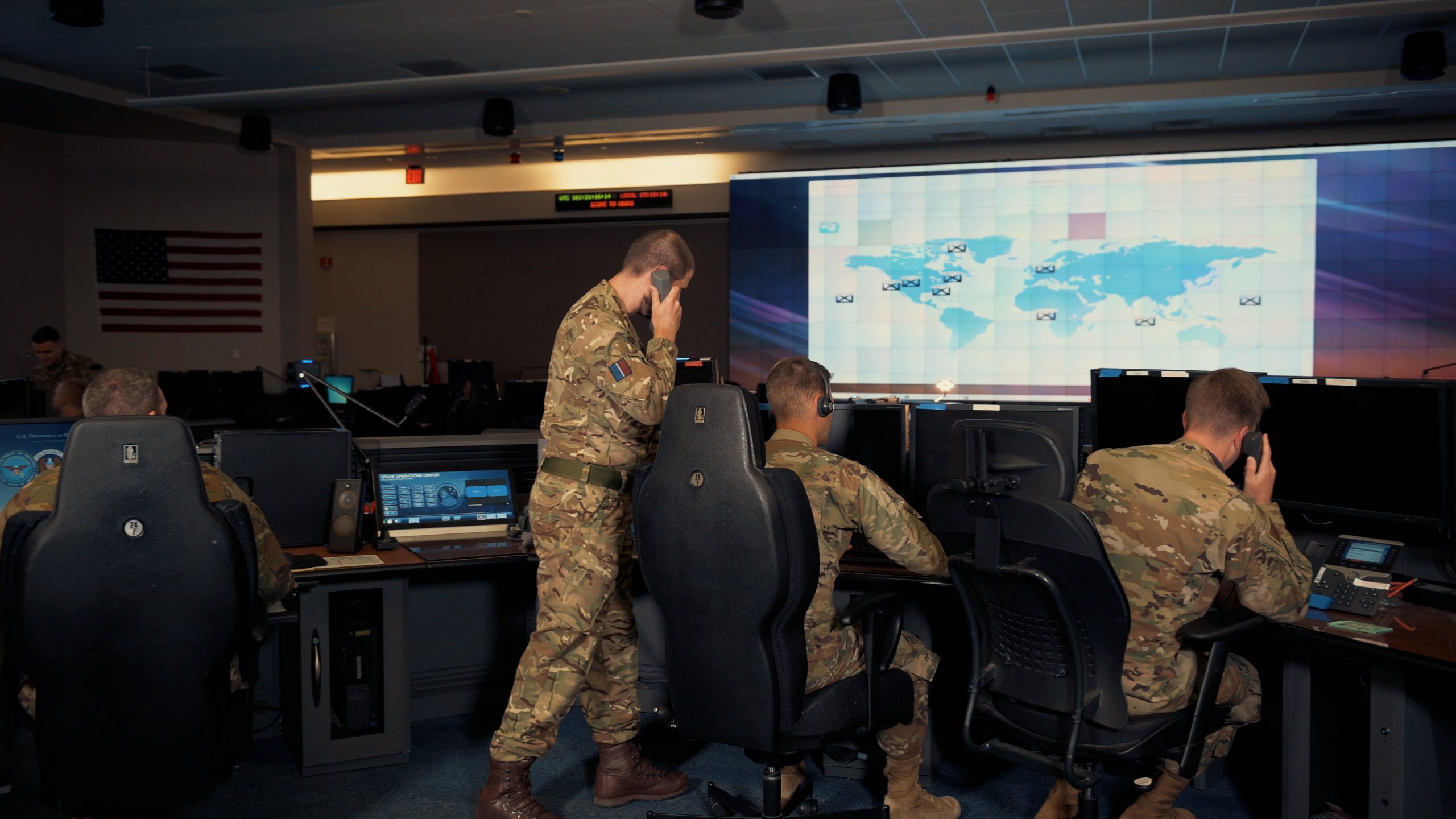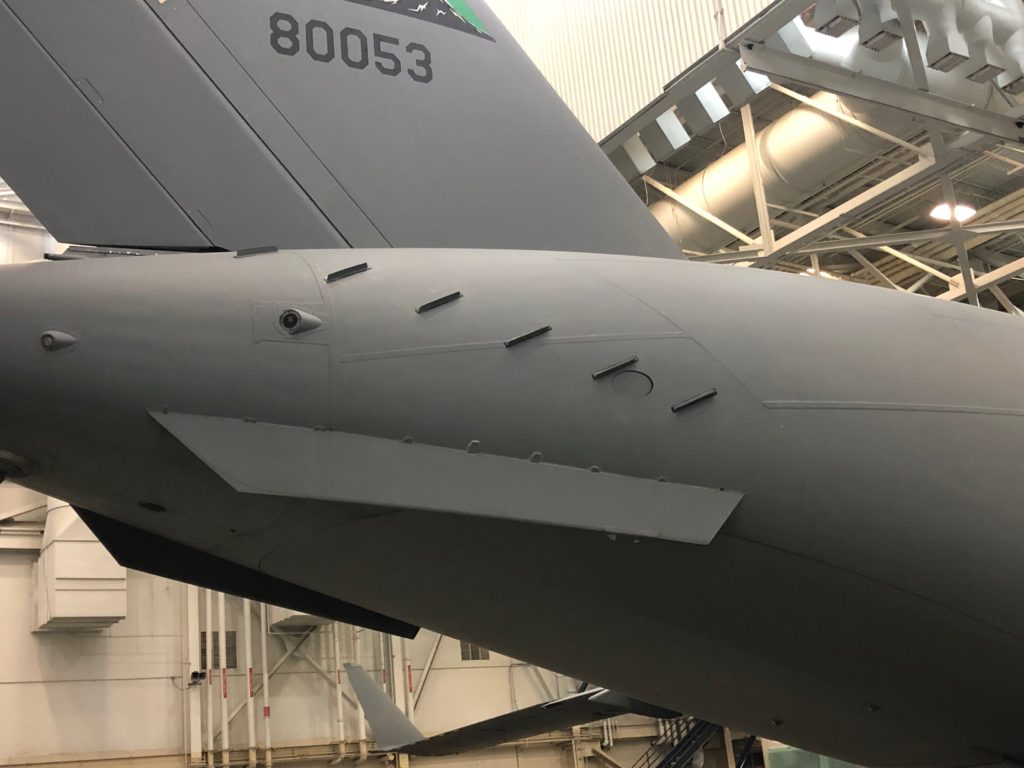New Defense Secretary Pete Hegseth vowed to reshape the Pentagon and implement President Donald Trump’s agenda as he began his first official day on the job Jan. 27. He also indicated he will not try to fire Chairman of the Joint Chiefs of Staff Air Force Gen. Charles Q. Brown Jr., whom he has previously criticized.
“Talking to the Chairman, and so many other folks here, we’re in capable hands. The warfighters are ready to go,” Hegseth told reporters, shortly after greeting Brown with a salute and grin at 8:57 a.m. Eastern Time when his motorcade rolled up to the Pentagon’s River Entrance.
Asked if he planned to oust Brown, Hegseth said, “Standing with him right now. Look forward to working with him,” and patted Brown on the back.
In November, Hegseth said on a podcast that “first of all, you gotta fire the Chairman of the Joint Chiefs,” accusing Brown of attempting to implement “woke” policies along with other general officers. In his confirmation hearing earlier this month, Hegseth was asked if he planned to fire Brown.
“Every single senior officer will be reviewed based on meritocracy, standards, lethality, and commitment to lawful orders they will be given,” he told lawmakers.
Hegseth did not respond to shouted questions Jan. 27 about whether he was considering supporting the firing any other members of the Joint Chiefs of Staff. Commandant of the Coast Guard Adm. Linda L. Fagan, an armed service that falls under the Department of Homeland Security, was fired by Trump one day into his term.
Hegseth said Jan. 27 that his immediate priority was border security. While he was awaiting confirmation, the Department of Defense ordered 1,500 Active-Duty troops to the southern border and charged the Air Force with flying immigrants being deported by the United States.
Hegseth also said another focus would be eliminating diversity, equity, and inclusion positions from the DOD and fielding an “Iron Dome for America,” a reference to Israel’s missile defense system that Trump has said he hopes to imitate.
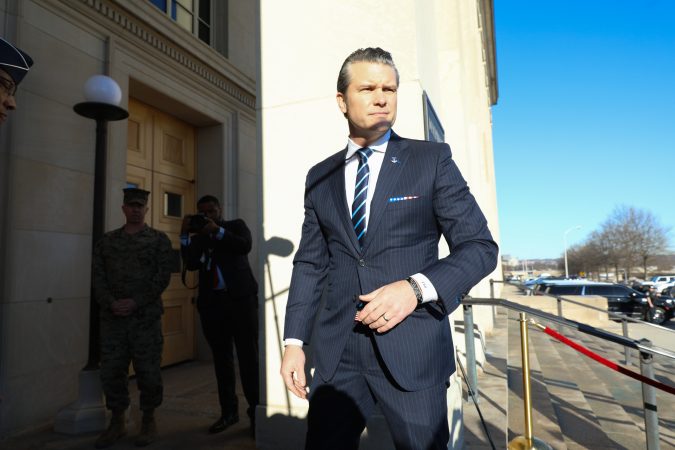
Late on Jan. 27, the White House issued an executive order to address the DEI issue, one to reinstate troops discharged from the military because they did not receive the COVID-19 vaccine—though members separated for refusing to get the vaccine are already allowed to rejoin the ranks—and one calling for the “Iron Dome.” The White House also issued an order banning the accommodation of transgender troops. The executive orders were first previewed by Hegseth in remarks to reporters earlier in the day.
Though Hegseth’s first public arrival at the Pentagon happened Jan. 27, he visited the Pentagon on Jan. 25 after being sworn in at the Eisenhower Executive Office Building, according to defense officials.
“This is happening quickly,” Hegseth said. “And as the Secretary of Defense, it’s an honor to salute smartly, as I did as a junior officer and now as the Secretary of Defense, to ensure these orders are complied with rapidly and quickly. Every moment that I’m here, I’m thinking about the guys and gals in Guam, in Germany, in Fort Benning, in Fort Bragg, on missile defense sites, and aircraft carriers.”
Fort Benning is now known as Fort Moore and Fort Bragg is now called Fort Liberty. The names were changed in 2023 by the Defense Department to avoid honoring Confederate soldiers.
It is unclear how exactly an Iron Dome system would be developed and deployed, but Trump made the issue a part of his 2024 campaign platform, pledging to “invest in cutting-edge research and advanced technologies, including an Iron Dome Missile Defense Shield.” The White House executive order called for a 60-day review of America’s missile defense capabilities with an “implementation plan for the next-generation missile defense shield.” The White House said there should be increased emphasis on space-based missile tracking capabilities that are operated by the Space Force, as well as next-generation missile interceptors, to include ones fired from space.
“The architecture shall include, at a minimum, plans … against ballistic, hypersonic, advanced cruise missiles, and other next-generation aerial attacks from peer, near-peer, and rogue adversaries” that are targeted at the United States, the order states.
The executive order directs the “development and deployment of proliferated space-based interceptors capable of boost-phase intercept.”
Hegseth has said his long-term national security focus is China—the top threat identified by the Biden administration and the first Trump administration.
“We will reestablish deterrence by defending our homeland—on the ground and in the sky,” Hegseth said in a message to the force issued Jan. 25. “We will work with allies and partners to deter aggression in the Indo-Pacific by Communist China, as well as supporting the President’s priority to end wars responsibly and reorient to key threats.”
But the Middle East continues to be fraught, with tense ceasefires between Israel and Hamas and Hezbollah. Hegseth’s first phone call as Defense Secretary was to Israeli Prime Minister Benjamin Netanyahu, during which they discussed “persistent threats” according to a Pentagon readout of the call.
This article was updated on Jan. 28 with additional details.
